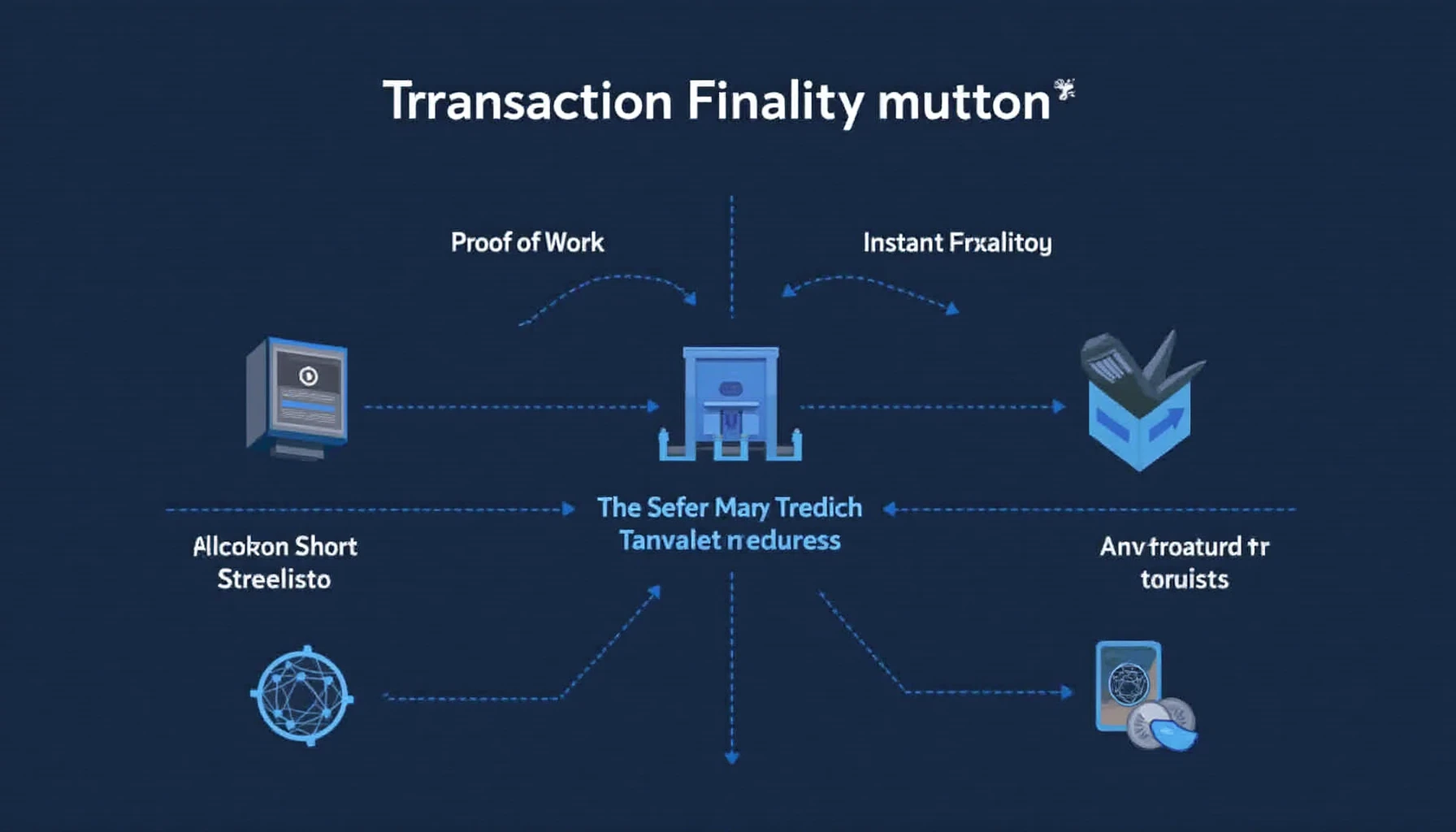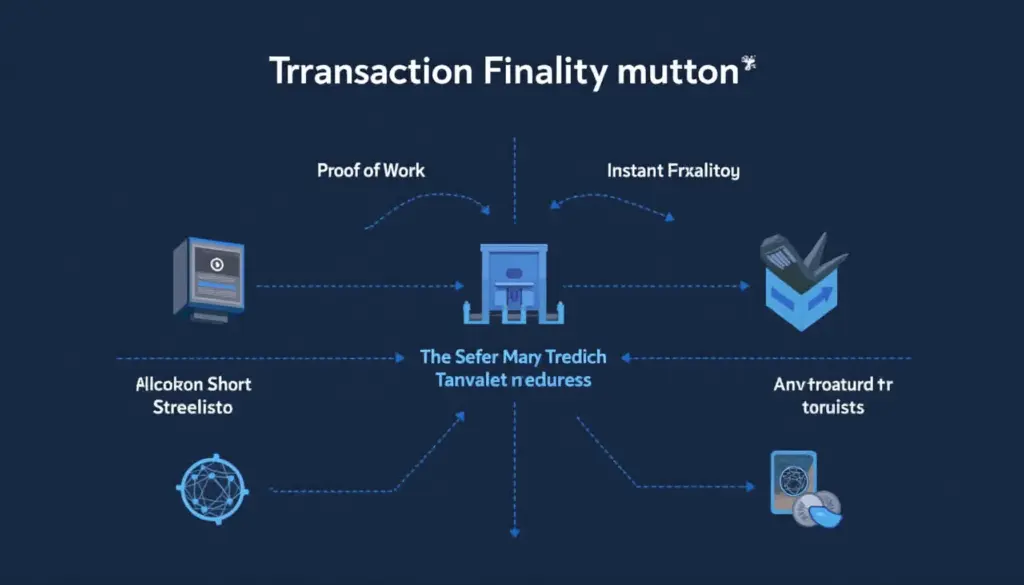Introduction: What Is Transaction Finality in Blockchain?
Did you know that over 60% of blockchain users worry about transaction reversibility? Transaction finality is a crucial concept in blockchain technology, ensuring that once a transaction is confirmed, it cannot be altered. This aspect of blockchain technology is fundamental for building trust among users and institutions in the digital currency space.
Understanding Blockchain Transaction Finality
In simple terms, transaction finality guarantees that a completed transaction is irreversible. Imagine buying a coffee and being told that you can undo your payment later; it wouldn’t feel secure, right? In the crypto world, understanding transaction finality helps avoid discrepancies. There are three primary methods to achieve finality:
- Proof of Work: Used by Bitcoin, this method requires miners to solve complex puzzles, making it costly to alter transactions.
- Proof of Stake: Platforms like Ethereum 2.0 utilize this method where validators confirm blocks based on their stake, offering faster finality.
- Instant Finality: Some blockchains like Stellar provide immediate confirmation for transactions, which enhances efficiency.
Why Are Transaction Finality Solutions Essential?
Transaction finality solutions are vital for maintaining the integrity of digital currency transactions. Here’s why they matter:

- Trust: Users need assurance that their transactions are secure and irreversible.
- Compliance: Regulatory bodies require guarantees against fraud and double-spending.
- Efficiency: Faster finality leads to an improved user experience in trading and investing.
Real-World Applications of Finality Solutions
Now, let’s visualize this with a relatable analogy. Think of a blockchain transaction as a burger order at McDonald’s. When you finalize your order and receive your food, that order is complete. If they were to change your order even after it’s finalized, it would disrupt your dining experience!
Similarly, in the crypto universe, implementing solid transaction finality solutions enhances user confidence. Some real-world applications include:
- Cross-Border Payments: Instant finality solutions make international transactions feel seamless.
- Decentralized Finance (DeFi): Efficient blockchain protocols allow for better liquidity and trading options.
- Enterprise Solutions: Businesses use blockchain for secure and verifiable transactions across supply chains.
Future Trends in Transaction Finality
Looking forward, innovations in blockchain technology are likely to enhance transaction finality solutions further. According to a recent report by Chainalysis, the trade volume in the Asia-Pacific region is expected to grow by 40% by 2025. Hence, new protocols that improve speed and security are arriving at the forefront, allowing for:
- Better Scalability: As user bases grow, scalable solutions will help maintain efficiency.
- Hybrid Models: Combining different consensus mechanisms could lead to robust solutions.
By keeping an eye on these trends, investors and users can navigate the evolving landscape more effectively.
Conclusion
To summarize, understanding blockchain transaction finality solutions is vital in today’s digital currency market. With increasing concerns about security, implementing these solutions should be a priority for users and developers alike. If you’re interested in secure digital transactions, consider exploring options like Proof of Stake and instant finality protocols. For more insights, check out our safe wallet guide!
